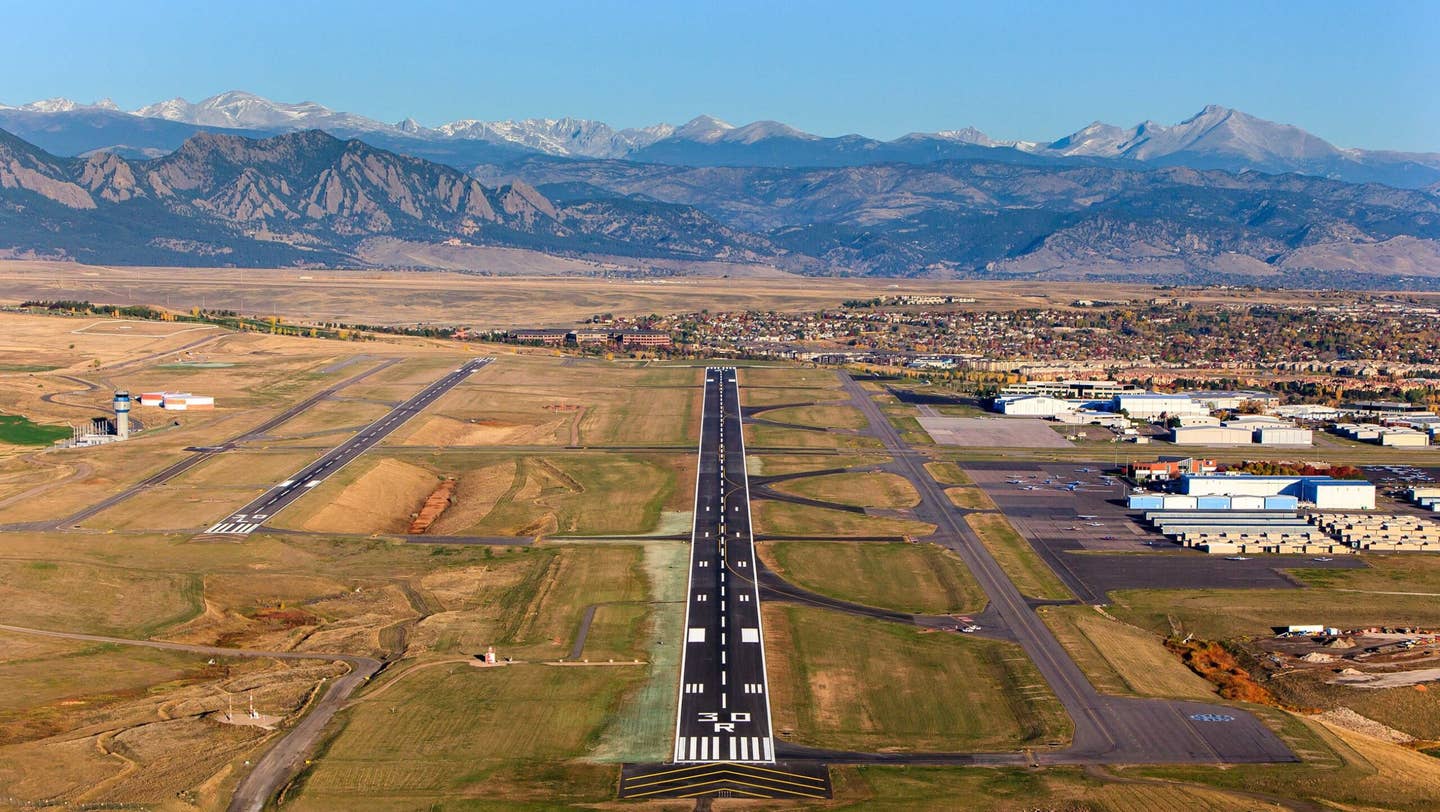Suit Launched To Halt Touch And Goes At Jeffco
The town of Superior, Colorado and Boulder County are suing neighboring Jefferson County and Rocky Mountain Metropolitan Airport (often call Jeffco), which is owned by Jefferson County, to force them…

Photo courtesy Matt Beyer
The town of Superior, Colorado and Boulder County are suing neighboring Jefferson County and Rocky Mountain Metropolitan Airport (often call Jeffco), which is owned by Jefferson County, to force them to ban touch and goes at the busy training airport. Citing "negative and unreasonable health impacts" from noise and lead pollution, the city and county say they've tried for years to get their next-door neighbors to respond to their concerns but instead activity at the airport has steadily increased. Operations increased from 191,553 in 2019 to 281,806 in 2023 and the vast majority are training flights from the four flight schools on the sprawling 1,700-acre field.
The plaintiffs say they're not trying to get rid of the airport, just force it to be a better neighbor. "The Town and Boulder County are not seeking monetary damages, are not trying to close the Airport, are not trying to limit which aircraft can use the Airport, and are not asking Jefferson County to do anything it is not expressly authorized to do," the plaintiffs said in a news release. They say banning touch and goes will go a long way toward making the airport more tolerable to the residents and businesses across the county line. Despite the careful targeting of the suit, it's likely the FAA will have something to say about municipal governments trying to limit aviation operations, which have so far withstood numerous legal challenges to the federal authority over those activities.






